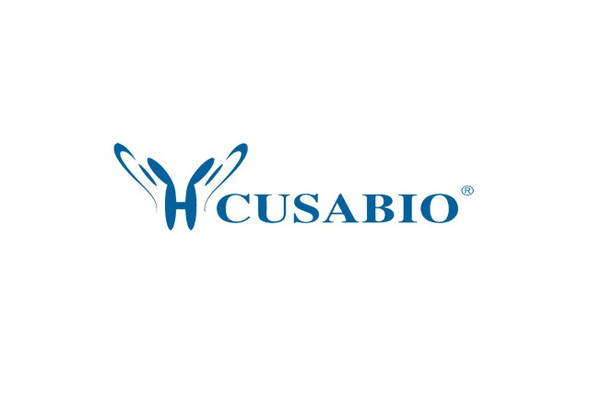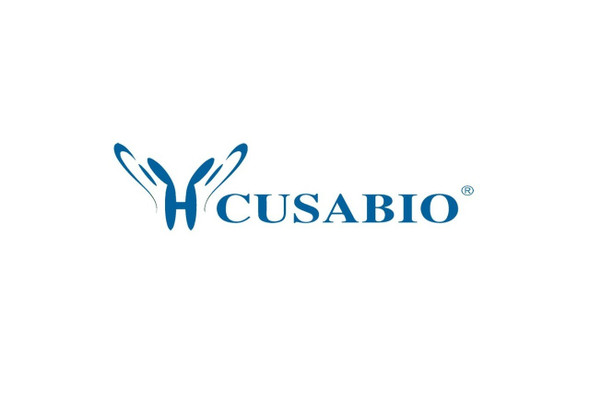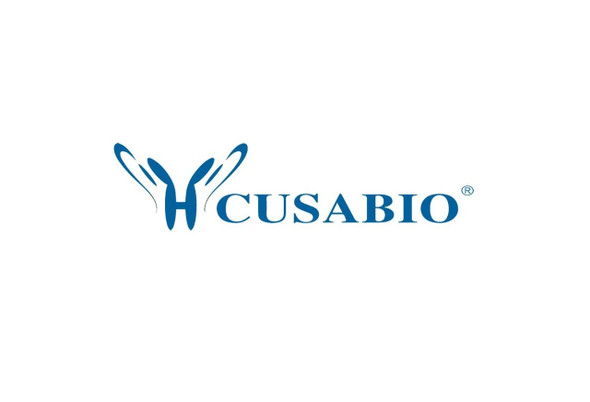Cusabio Escherichia coli Recombinants
Recombinant Escherichia coli 30S ribosomal protein S4 (rpsD) | CSB-RP086274Ba
- SKU:
- CSB-RP086274Ba
- Availability:
- 3 - 7 Working Days
Description
Recombinant Escherichia coli 30S ribosomal protein S4 (rpsD) | CSB-RP086274Ba | Cusabio
Alternative Name(s): rpsD; ramA; b3296; JW3258; 30S ribosomal protein S4; Small ribosomal subunit protein uS4
Gene Names: rpsD
Research Areas: Others
Organism: Escherichia coli (strain K12)
AA Sequence: ARYLGPKLKLSRREGTDLFLKSGVRAIDTKCKIEQAPGQHGARKPRLSDYGVQLREKQKVRRIYGVLERQFRNYYKEAARLKGNTGENLLALLEGRLDNVVYRMGFGATRAEARQLVSHKAIMVNGRVVNIASYQVSPNDVVSIREKAKKQSRVKAALELAEQREKPTWLEVDAGKMEGTFKRKPERSDLSADINEHLIVELYSK
Source: E.coli
Tag Info: N-terminal 6xHis-tagged
Expression Region: 2-206aa
Sequence Info: Full Length of Mature Protein
MW: 27.3 kDa
Purity: Greater than 90% as determined by SDS-PAGE.
Relevance: One of two assbly initiator proteins for the 30S subunit, it binds directly to 16S rRNA where it nucleates assbly of the body of the 30S subunit.With S5 and S12 plays an important role in translational accuracy; many suppressors of streptomycin-dependent mutants of protein S12 are found in this protein, some but not all of which decrease translational accuracy (ram, ribosomal ambiguity mutations).Plays a role in mRNA unwinding by the ribosome, possibly by forming part of a processivity clamp.Protein S4 is also a translational repressor protein, it controls the translation of the alpha-operon (which codes for S13, S11, S4, RNA polymerase alpha subunit, and L17) by binding to its mRNA.Also functions as a rho-dependent antiterminator of rRNA transcription, increasing the synthesis of rRNA under conditions of excess protein, allowing a more rapid return to homeostasis. Binds directly to RNA polymerase.
Reference: Nucleotide sequence of the alpha ribosomal protein operon of Escherichia coli.Bedwell D.M., Davis G.R., Gosink M., Post L.E., Nomura M., Kestler H., Zengel J.M., Lindahl L.Nucleic Acids Res. 13:3891-3903(1985)
Storage: The shelf life is related to many factors, storage state, buffer ingredients, storage temperature and the stability of the protein itself. Generally, the shelf life of liquid form is 6 months at -20?/-80?. The shelf life of lyophilized form is 12 months at -20?/-80?.
Notes: Repeated freezing and thawing is not recommended. Store working aliquots at 4? for up to one week.
Function: One of two assembly initiator proteins for the 30S subunit, it binds directly to 16S rRNA where it nucleates assembly of the body of the 30S subunit.
Involvement in disease:
Subcellular Location:
Protein Families: Universal ribosomal protein uS4 family
Tissue Specificity:
Paythway:
Form: Liquid or Lyophilized powder
Buffer: If the delivery form is liquid, the default storage buffer is Tris/PBS-based buffer, 5%-50% glycerol. If the delivery form is lyophilized powder, the buffer before lyophilization is Tris/PBS-based buffer, 6% Trehalose, pH 8.0.
Reconstitution: We recommend that this vial be briefly centrifuged prior to opening to bring the contents to the bottom. Please reconstitute protein in deionized sterile water to a concentration of 0.1-1.0 mg/mL.We recommend to add 5-50% of glycerol (final concentration) and aliquot for long-term storage at -20?/-80?. Our default final concentration of glycerol is 50%. Customers could use it as reference.
Uniprot ID: P0A7V8
HGNC Database Link: N/A
UniGene Database Link: N/A
KEGG Database Link: KEGG
STRING Database Link: STRING
OMIM Database Link: N/A










